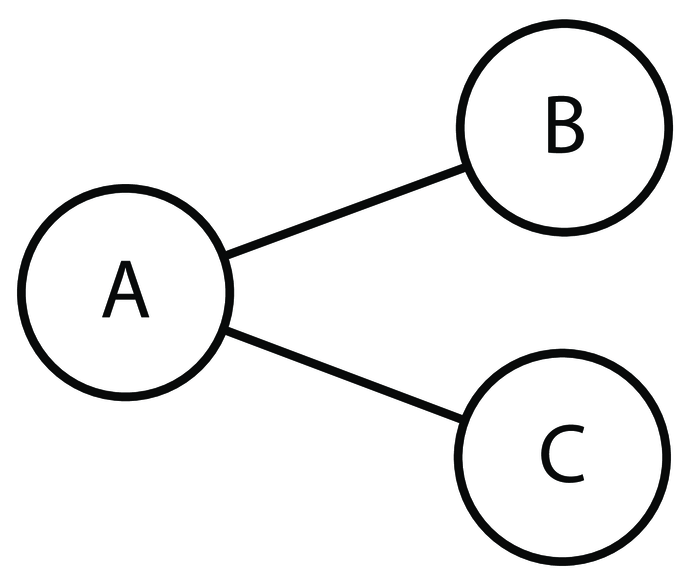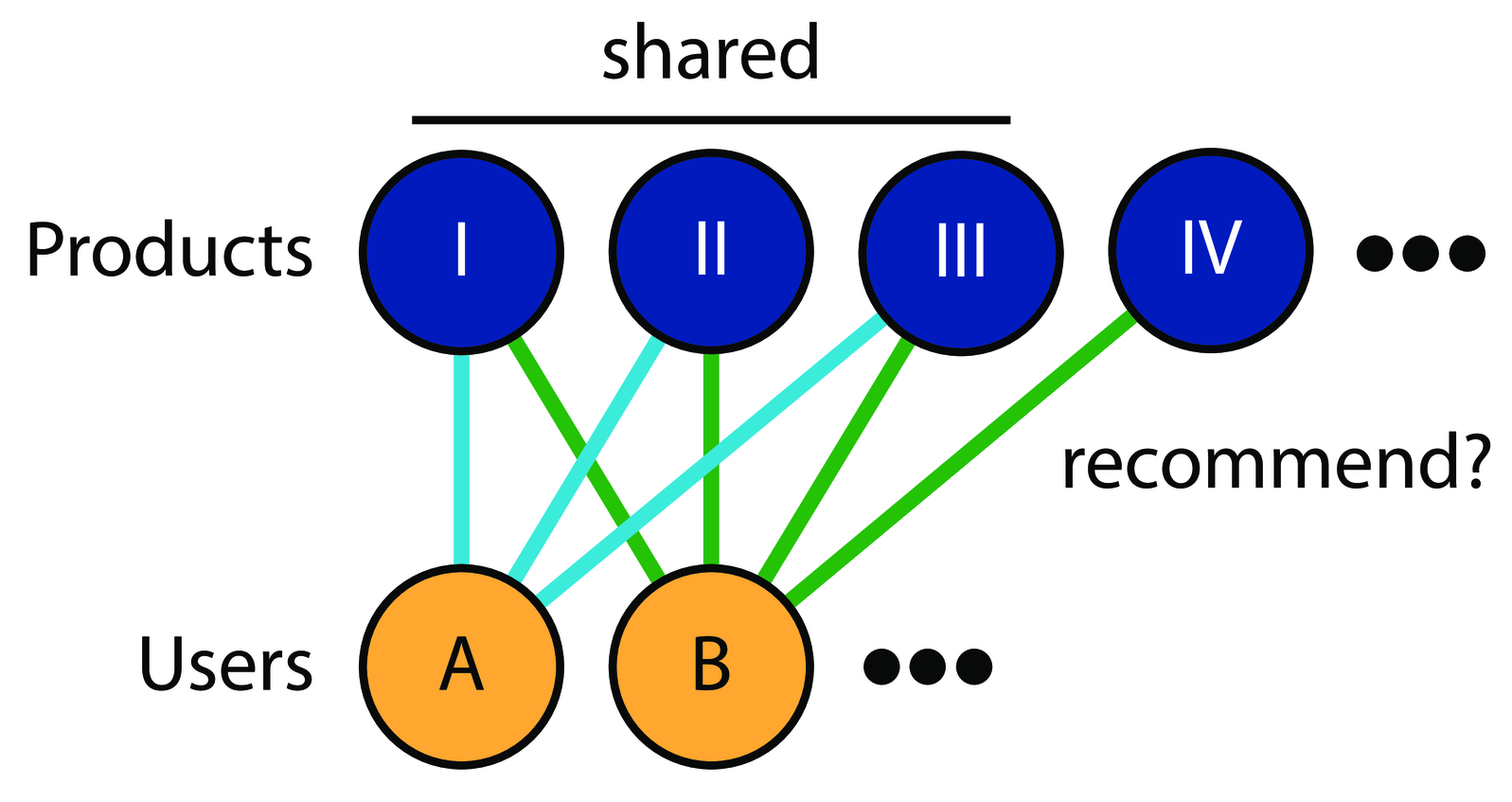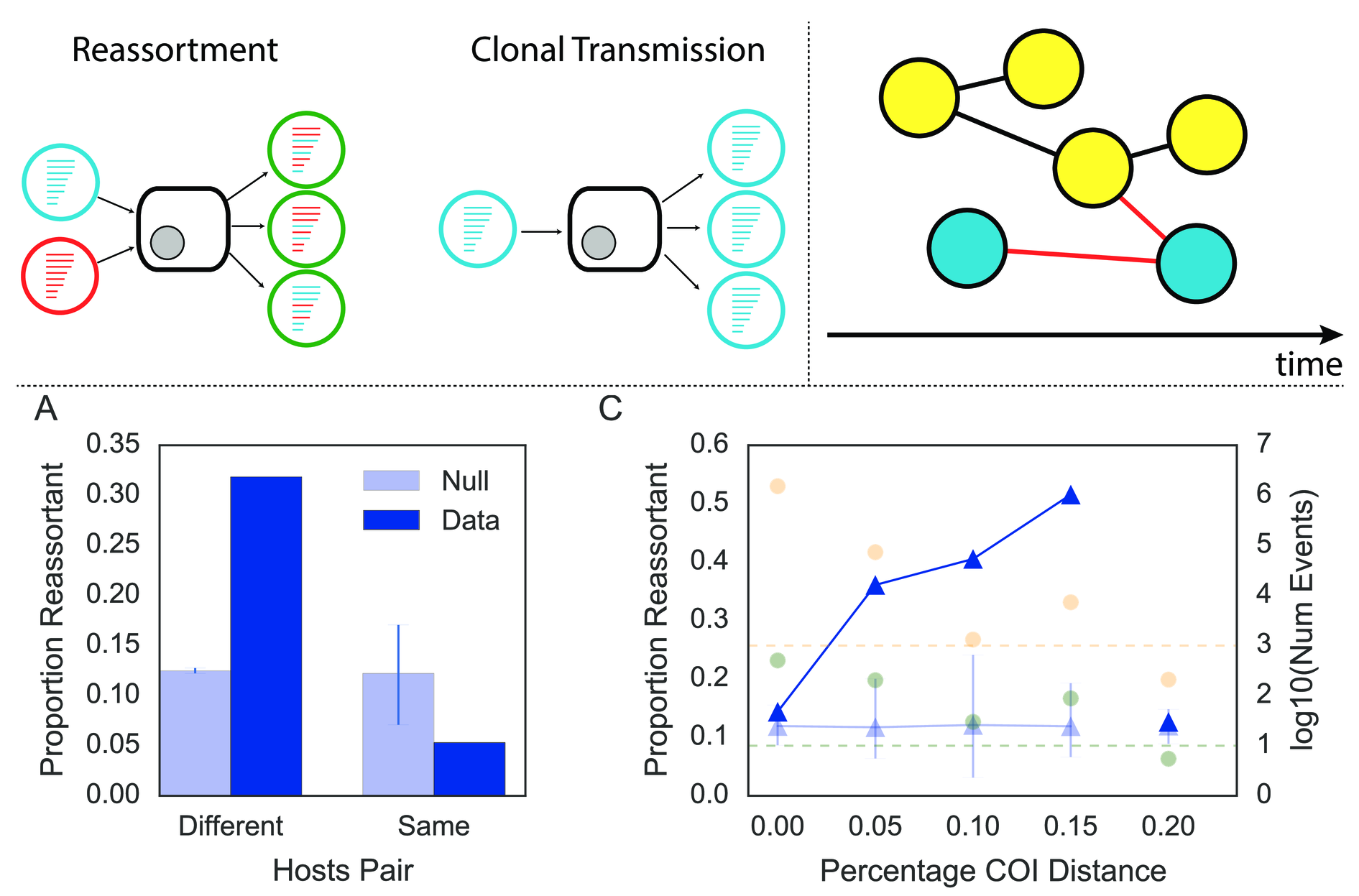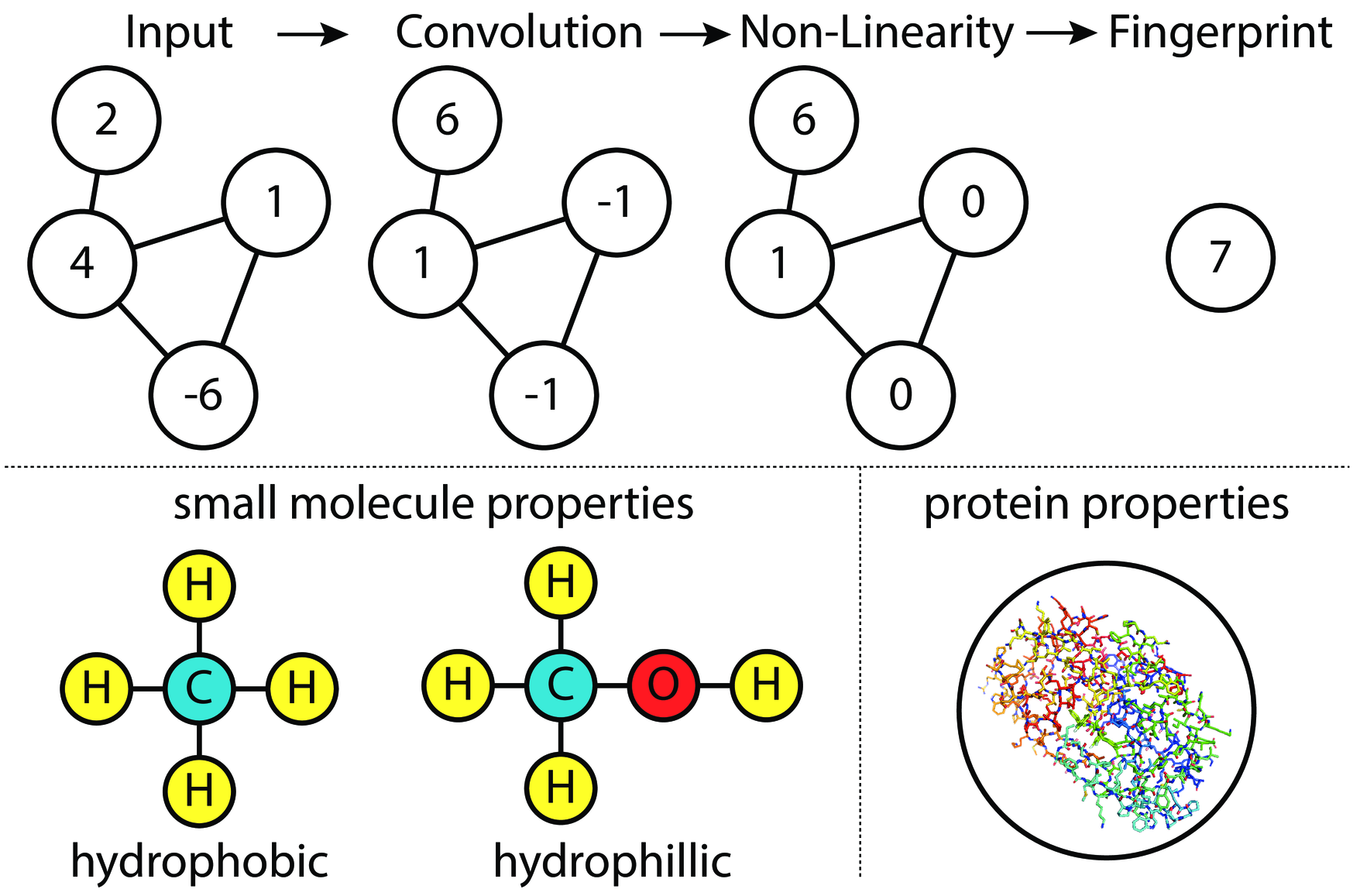
networks, a.k.a. graphs, are composed of nodes (circles) and edges (lines)

networks, a.k.a. graphs, are composed of nodes (circles) and edges (lines)

if A is connected to B and C, but B and C are not connected, then maybe they should be!

if A and B share overlapping interests, then maybe some of B's interests can be recommended to A.1

graph databases were used to show how the rich hide their money.2

for influenza, gene shuffling probably helps in host switching.3

graph convolutions let us do machine learning on graph-structured data.4

move away from the hairball!

rational network visualizations prioritize placement of nodes